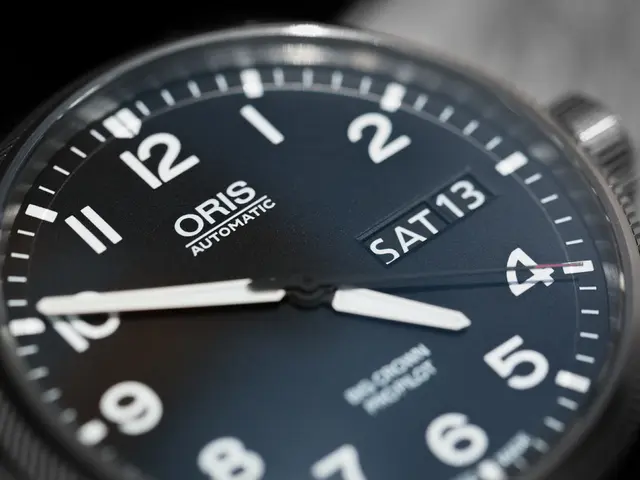Tests and Procedures for ALS Diagnosis, along with outlining the treatment plan
A diagnosis of Amyotrophic Lateral Sclerosis (ALS) can be a challenging and complex journey. Here's a breakdown of the steps involved in diagnosing this progressive neurological condition.
Initial Evaluation
The process begins with a detailed history and physical examination. Doctors will focus on symptoms such as muscle weakness, cramps, fasciculations, spasticity, and bulbar symptoms (dysarthria, dysphagia). A thorough examination assesses signs of both upper motor neuron (UMN) and lower motor neuron (LMN) involvement in various body regions.
Electrodiagnostic Tests
A crucial part of the diagnostic process involves electrodiagnostic tests such as electromyography (EMG) and nerve conduction velocity (NCV) studies. These tests assess electrical activity in muscles and help detect LMN dysfunction, confirm the presence of widespread anterior horn cell (LMN) degeneration, and rule out other neuromuscular disorders.
EMG
EMG assesses electrical activity in muscles and detects LMN dysfunction by identifying denervation, reinnervation, fibrillations, and fasciculations. It is critical in confirming the presence of widespread anterior horn cell (LMN) degeneration.
NCV
NCV measures the speed and amplitude of electrical signals along peripheral nerves. This helps rule out peripheral neuropathies or other conditions that mimic ALS by distinguishing sensory involvement (usually absent in ALS).
Together, EMG and NCV help detect both the extent and distribution of LMN degeneration and exclude other neuromuscular disorders.
Laboratory Tests and Imaging
Additional tests may include blood tests to exclude other causes of symptoms, an MRI of the brain and spinal cord to rule out structural causes mimicking ALS, pulmonary function testing to assess respiratory muscle involvement, swallowing assessments to evaluate bulbar dysfunction, and more.
Diagnostic Criteria Application
Neurologists apply clinical diagnostic criteria (e.g., revised El Escorial or Awaji criteria) combining clinical, EMG, and imaging findings to confirm the ALS diagnosis. Mild motor impairment (MMI) may be identified as an early or prodromal stage, particularly in genetically at-risk individuals.
The Importance of EMG and NCV
EMG is the cornerstone for detecting LMN involvement by showing characteristic denervation and reinnervation in multiple muscles. NCV complements EMG by confirming normal sensory nerve conduction and excluding peripheral nerve disorders. Together, they provide objective electrodiagnostic evidence to support ALS diagnosis and rule out mimics.
Seeking a Second Opinion
Given the complexity of ALS diagnosis, seeking a second opinion from an ALS specialist with experience diagnosing and treating the disease is important.
While there is currently no cure for ALS, advancements in treatment have provided hope for people living with the condition. A strong support system, including resources such as support groups, online forums, and patient advocacy organizations, can be invaluable following an ALS diagnosis.






